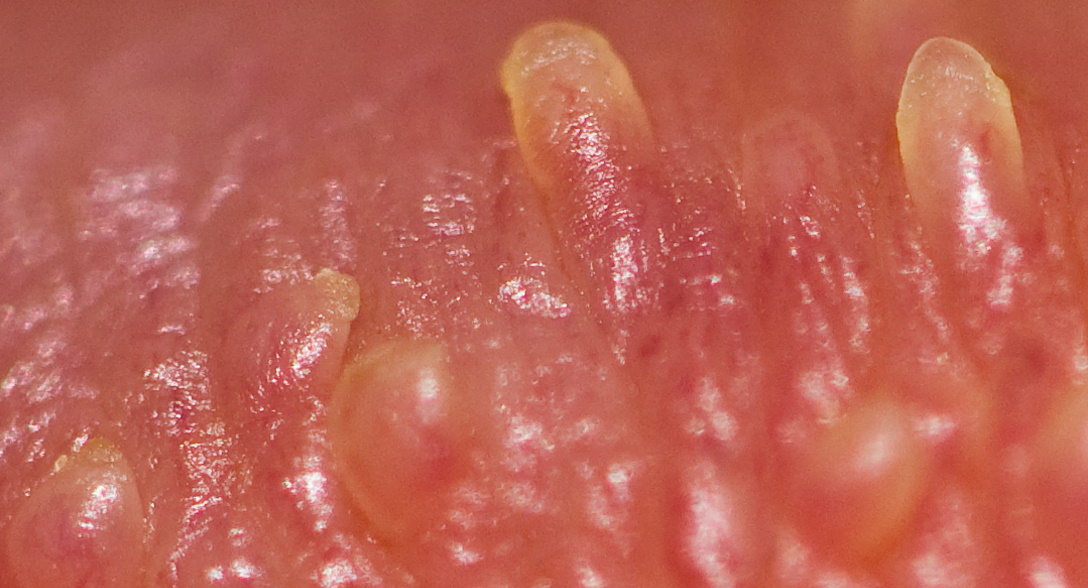Pearly Penile Papules: Are They Harmful to Your Health?

Health is wealth, and any variation from the usual, no matter how minor, can be quite distressing. However, while certain health concerns are not immediately apparent, others are obvious and might create panic. Pearly penile papules, for example, are virtually always evident as soon as they occur, and they aren't necessarily pleasant. This article will look at how dangerous pearly penile papules can be, as well as possible treatment options.
What are Pearly Penile Papules and Why Do They Exist?
The skin ailment pearly penile papules (PPP), also known as hirsutoid papilloma, causes pinkish-white growths surrounding the penis. Males are affected by this disorder, which affects 15 to 45 percent of the population. Males between the ages of puberty and early adulthood are more likely to develop these bumps, although children and older persons are not affected.
While these growths are sometimes mistaken for genital warts due to their lack of clinical signs, they are actually extremely distinct. Patients, on the other hand, are frequently concerned, and many believe it is a sign of a sexually transmitted disease. Scientists and doctors have refuted this theory, claiming that STDs are not the cause. In fact, some researchers believe the papules aid in the stimulation of sexual pleasure.
Pearly Penile Papules: What Causes Them?
Pearly penile papules are an issue that many men worry about. The fact that each person's growth might differ in size and volume begs the question, "What causes pearly penile papules?" Although the actual cause and trigger of these growths has yet to be determined, experts have stated that the illness is not as dangerous as it appears. While it would be nice if the primary cause of the ailment could be identified, patients with PPP can rest assured that it does not pose any urgent health risks.
What Are the Best Options for Treating Pearly Penile Papules?
While it is true that PPP is not hazardous to one's health and that there is no need for rapid treatment to have them removed, the disease can nevertheless be distressing. Skin specialists have devised a number of methods for successfully removing pearly penile papules without causing injury to the penis or other regions of the body. These are some of the therapy options:
-
Laser Treatments: Laser treatments, particularly CO2 laser surgery, have proven to be quite effective in removing papules from the penis. The heat from the laser is utilised to safely melt away the growths, making this the most prefered method of PPP treatment.
-
Radiosurgery: radiosurgery uses focused radiation to produce free radicals that recognise and attack the cells in the papules, causing them to die. Because free radicals can harm healthy cells, they are targeted and only performed by experts.
-
Cryosurgery: The polar opposite of laser treatment is cryosurgery. It works by causing the papules to freeze and then vanish.
While these are the most prevalent clinical therapy strategies for PPP, there are alternative approaches that can be employed to stop the growth.
Conclusion
While pearly penile papules have been demonstrated to be safe for one's health, their look can be disturbing, and their presence might disrupt sexual interactions. Even if you are unconcerned about the health consequences of PPP, you should schedule an appointment with your doctor at the skin clinic to check that your symptoms are caused by PPP and not anything else.










